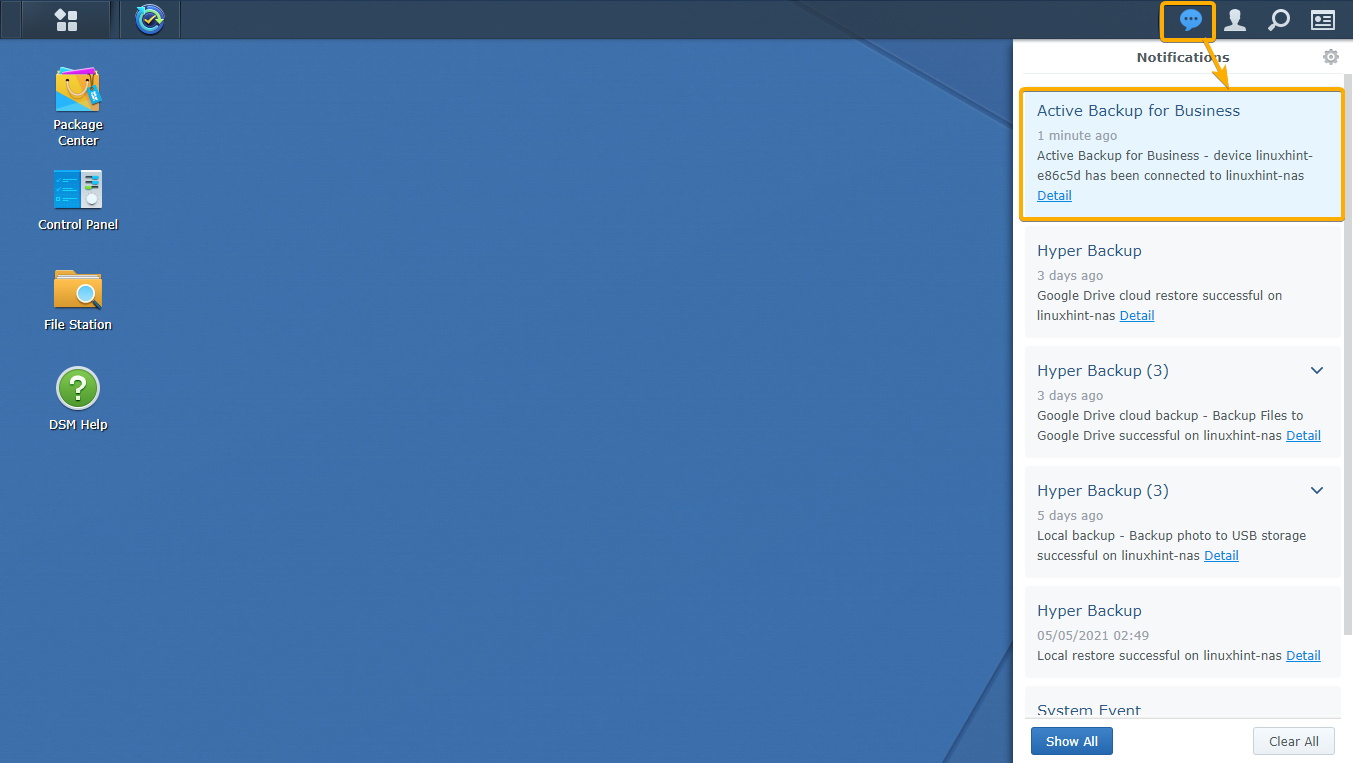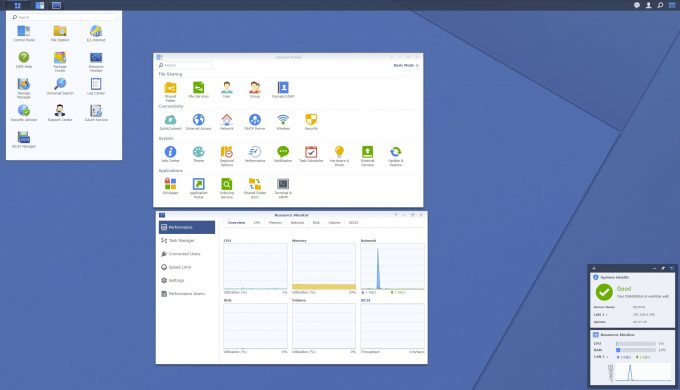
This is native to linux and solves many issues you have now.
#Synology drive for linux code#
Alas, Windows systems don't have an NFS server built-in - or at least mine do not.Ĭan you do commands similar to mine above for your situation and post the output using code tags, please?Īfter that is successful, we can look at the actual files or symbolic links that aren't working and where those things point. But many people don't (why run Unix then?). If your Synology supports NFS, that would be my preference, since it is usually faster, and because it does support native Unix permissions. grep is a pattern matching program, 'K' in my use above. 'K' is just a letter in the mount that I guessed would be unique to that mount. The 'grep K' is just a filter so 10 other mounts aren't cluttering up the output. 172.22.22.14/K on /Data/K type cifs (rw,relatime,vers=2.1,cache=strict,username=thefu,uid=1000,forceuid,gid=1000,forcegid,addr=172.22.22.14,file_mode=0664,dir_mode=0775,soft,nounix,serverino,mapposix,rsize=1048576,wsize=1048576,bsize=1048576,echo_interval=60,actimeo=1)See the uid, gid, file_mode, dir_mode and username parts? Those are forcing specific Linux users with permissions with a Windows login (thefu) used. I hope this makes sense - I am getting a little lost with this. The fact that network locations appear suggests they are mounted? the one that is synched).Ī general explanation on my structure which I do not yet understand might be helpful but I think the main question I need an answer to is how do I mount the shared network location. Other files can be opened on all locations and folders except the Synology Drive on on the Toshiba Drive (i.e. You are probably right as I can create files within a different folder and open them fine.Īlso have four network locations which all have Synology in their title and all appear to contain the same material in a folder called Drive, as I have on the Toshiba storage drive which is the one I expected to see and it set to synchronise with my Synology NAS. HolgerYes sorry the delay in coming back to you - I have been working reading through an Ubuntu unleashed book to get a bit more up to speed. Or it could be a link pointing to files on a shared network location which isn't currently mounted.
#Synology drive for linux full#
Note that in the mount statement for nfs, there is a colon after the IP address, and that volume1 is included in the full address of the shared Folder.From the error message and the iconography in the image I believe the files you're trying to access are actually symbolic links to files which have been moved or deleted since those links were created. Sudo mount :/volume1/shared_folder /home/pi/mnt/mount_folder

The command line for mounting a Synology NAS with nfs is:

It does not require a username and pass word. The Network File System (nfs) was developed by Sun Microsystems. To prevent other users from being able to read your script file and obtain your NAS_username and

If you put your mount command line in a script file, then use "sudo chmod o-r " If you leave out uid and gid, you will NOT have write However, if you leave out the username, the system will That is, you cannot use ~/mnt/mount_folder. Note that in the mount statement for cifs, there are two backslashes before the IP address.Īlso note, the you must specify the full path from the root for the dirctory to mount to. Sudo mount -t cifs -o username=NAS_user_name,domain=WORKGROUP,password=NAS_passwd,vers=3.0,rw,uid=1000,gid=1000 ///shared_folder /home/pi/mnt/mount_folder The command line for mounting a Synology NAS with cifs is: The Commond Internet File System (cifs) is a Linux implementation of the Server Message Block (SMB) protocol developed by Microsoft. Mount Synology Network Attached Storage (NAS)


 0 kommentar(er)
0 kommentar(er)
